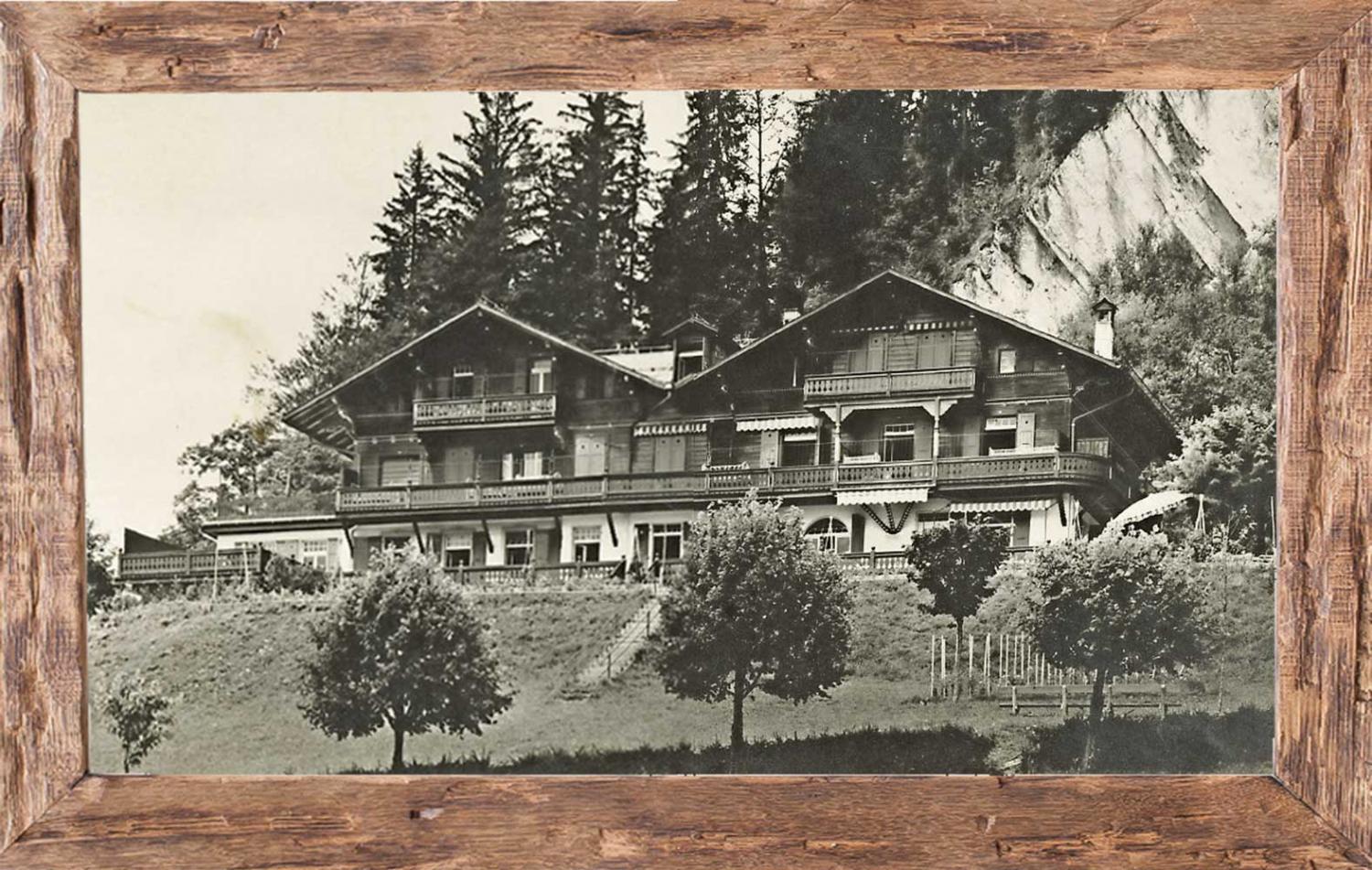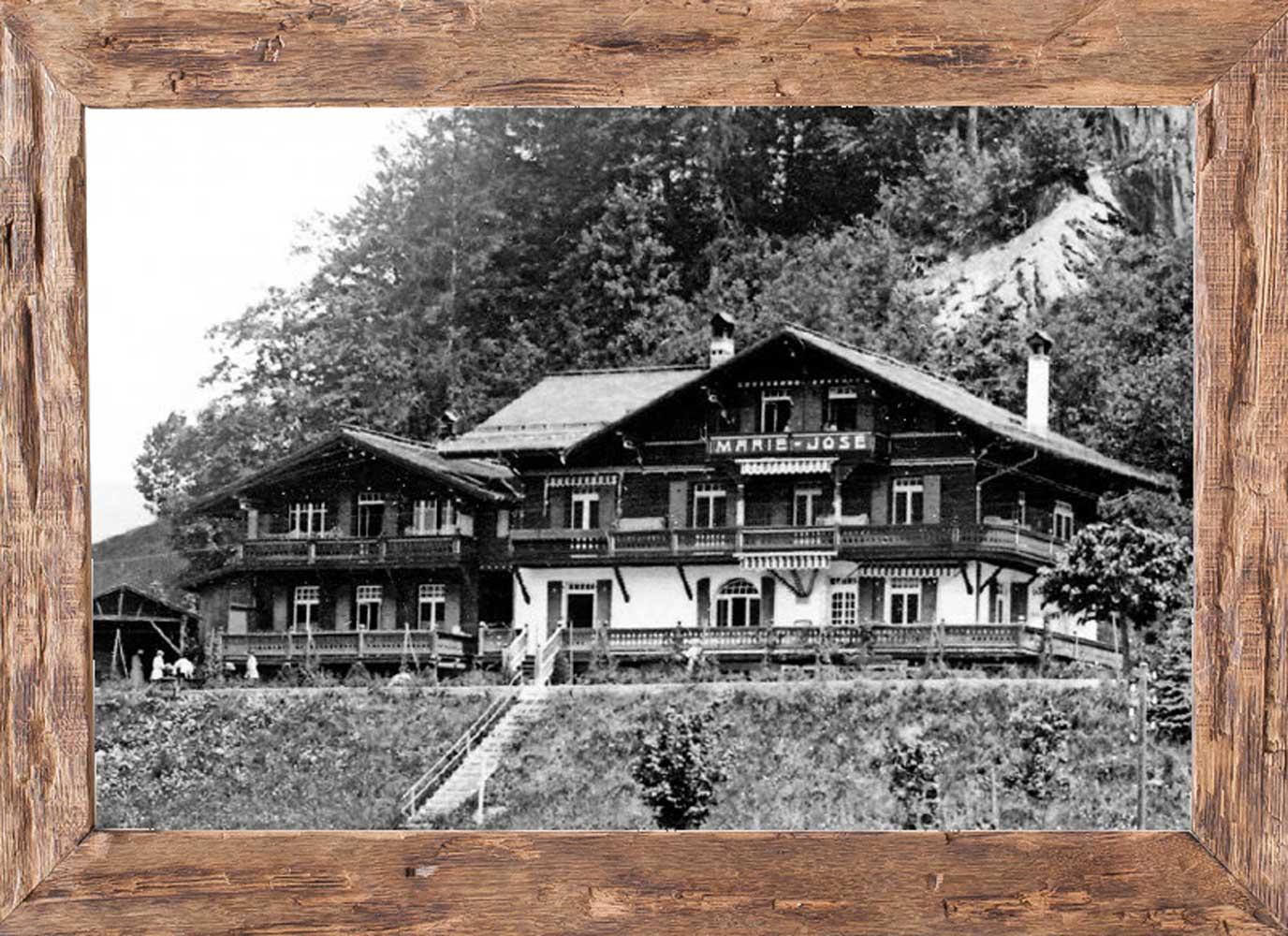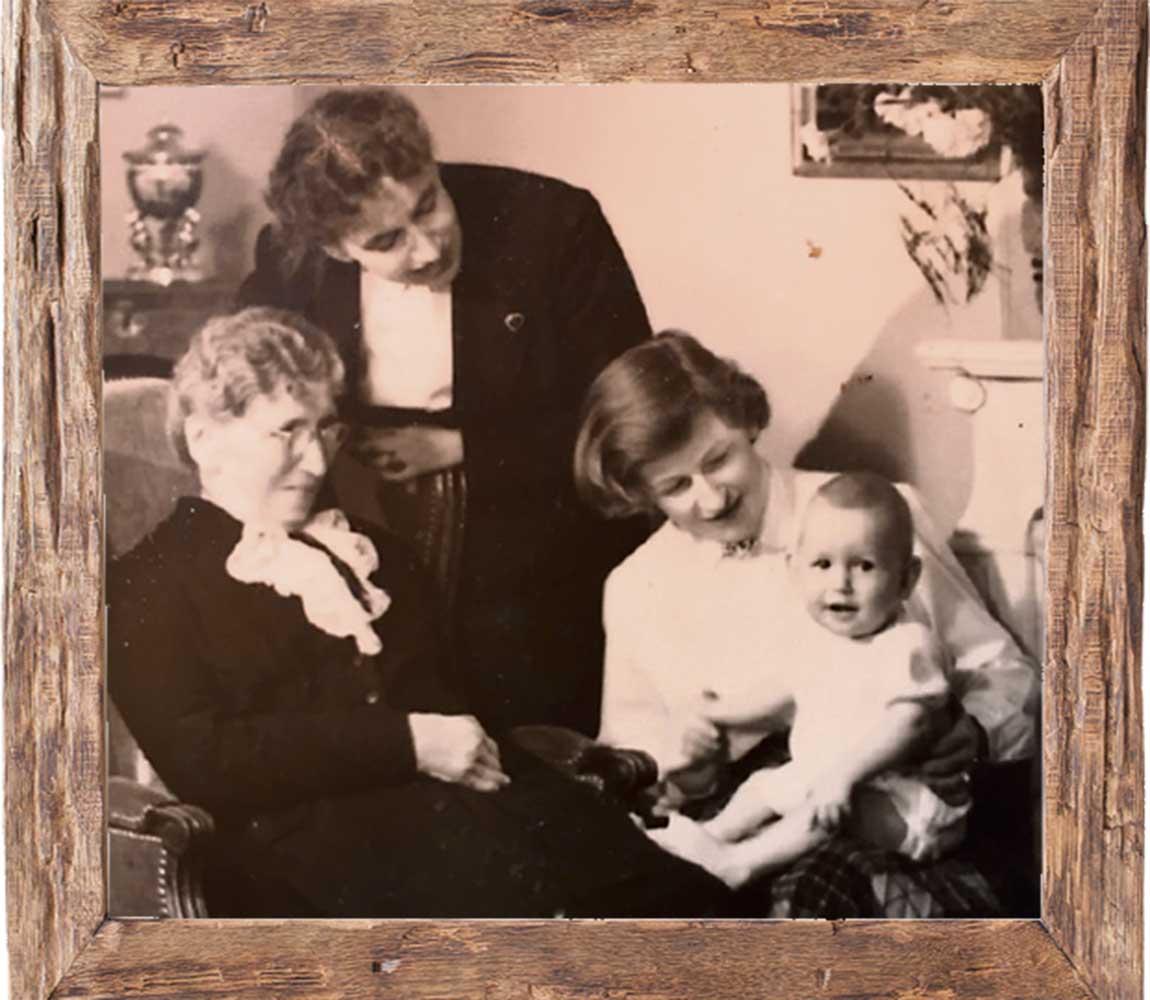The first of its kind: Le Chalet Marie-José
14.01.2020 Arts & CultureA Belgian governess chooses Gstaad
Le Chalet Marie-José was only one private school amongst many in Gstaad. The one thing that makes it stand out from the rest: it was the first. In 1912, the Belgian governess Alice Servais founded the boarding school for children between 5 and 12 years of age with the support of wealthy Belgian personalities. It was named after the Belgian Princess Marie-José, aged 8 years when Servais founded the school.
The rationale for founding a school in the Swiss Alps was straightforward: the foggy climate in Belgium was considered the cause for all sorts of childhood ailments. The sunny weather and fresh air in the mountains around Gstaad were thought to provide the children with all they needed to be healthy and strong. Hence, the initial raison-d’être to found a school in the Saanenland was not education but health in the tradition of the typical 19th-century sanatorium.
The beginnings were humble. The school started with merely three to four children. It was situated on the Oberbort near the entrance to the military bunker. Soon the number of pupils grew to over a dozen, which made an extension of the building and the surrounding premises unavoidable. This took place in 1916, when Servais had an annexe built.
By 1922 she had procured additional land around the school together with a nearby wood, which was to become a favourite spot for the boys to build their huts. Between 1922 and 1927 the chalet received its trademark double-roof as well as a large dining room and bright airy study rooms. Eventually it offered space for 35 children.
Mme Racine
In 1928 Renée Racine took charge of the school from Servais. Her proclaimed aim was to uphold the moral standards set by her predecessor. The school should be an example of absolute moral rectitude and the children given into their charge should show this when they returned to the care of their parents.
Racine was soon to be loved and feared in equal measure, with a tendency to the latter. Former pupils’ accounts range from strict but fair to demanding and even moody or cruel. Young people who would not easily yield to authority were bound to clash with the staff sooner or later. Notwithstanding the unequal treatment of pupils and their unequal perception of life at the school, the institute fared well under Racine.
Transformation
Even though physical health remained a major factor in everyday life, eventually Le Chalet Marie-José underwent a transformation: from sanatorium to proper school. Thus, the Marie-José also became one of the feeder schools for the Rosey and Montesano. There were still mostly pupils from Belgium but the spectrum of nationalities had already considerably widened in the 1930s.
Chalet Marie-José also survived the threat and difficulties posed by World War II. For children whose parents managed to send them to this safe haven nestled in the Swiss Alps, Gstaad became a home for the full six years until the end of the war. Food had to be rationed and wages were cut but a core of employees remained faithful and looked after the children in their custody. It is easy to imagine that the end of the war came as a great relief for parents, children and staff alike.
More international
After the war, the school became more international. Ever since the beginnings of the school, royal families from around the world had sent their children to Gstaad. When the Americans discovered Chalet Marie-José, more and more children from the rich and beautiful, with whom the second half of the 20th century in Gstaad is reverently associated nowadays, arrived at the institute.
1952 saw a major change after the death of Racine. Her sister-in-law, Hèlène Racine-Maeder, who had been working at the school since 1949, took over the institute together with her husband Fred, Renée Racine’s brother. Fred Racine crashed into her when skiing on the Wispile and while taking care of her they fell in love. Fred, who was only an occasional visitor, eventually helped his wife to manage the institute.
Fred passed away in 1958, which left the whole responsibility on the shoulders of Hélène Racine-Maeder. Despite the many years Hélène lived in Gstaad she had no interest in the region as such or village life and never learnt German or mingled with locals. She lived for her work at the Chalet Marie-José, which she directed until the school was sold and demolished in 1971/72.
Markus Iseli







